Readings: Acts 10:34-42; Lk 24:13-35)
Dear brothers and sisters,
In today's Gospel we are presented with the story of the road to Emmaus that sees two sad disciples walking together, discussing the death of Jesus.
At that moment, Jesus joined them, but the disciples could not recognise him. Jesus then began to teach and finally, when they stopped for dinner, Jesus broke bread and it was from this gesture that the disciples recognised Jesus. A simple gesture; not from his exposition of the Truth but from his breaking of bread. Bread, symbol of nourishment and therefore of life.
How can we not think of our Collect, typical of the Liberal Catholic tradition, which reads:
"Teach us, O Lord, to see Thy life in all men and in all the peoples of Thy world". Have we ever stopped to reflect on what this means?
On the one hand, surely this sharing of the Life of Christ provides us with a kind of "overview", it refers to that "Law of Sacrifice" that Annie Besant reminds us is at the basis of all spiritual truth and which, in its cosmic meaning, does not merely lead all traditions back to unity, but leads each distinct back to that One Life that is at the basis of our Being; that One Life, that by sacrificing itself allows the manifestation of itself in a multiplicity of individual existences. This makes us brothers and sisters. It unites us in origin and destiny.
Let us now focus on this 'destiny'. Where are we going?
We are definitely beings on a journey. The Universe itself has a direction marked by its own evolution. This journey is full of events, each one's steps cross those of the other. Sometimes we walk together, sometimes we collide. Often, within the limits given by our individual existence, we do not see the meaning of everything that happens around us. We are a small drop of water, which barely knows itself and barely knows the other drops formed from the same substance, let alone understanding the larger reality that is the ocean!
The story of the road to Emmaus teaches us that however obscure our path may lead, we are not alone. Somehow we are guided, led towards the destination; towards that point through which we will then see the meaning of the whole path. We will recognise ourselves as part of a Whole whose essence and substance we share. And who is this guide that we cannot recognise, if not Jesus. The Man, Son of God, the one who represents the ultimate goal of man, of all men: God's Design is evolution, in the sense of change - perfection. Jesus is the model towards which we strive.
And the most beautiful thing about Jesus is precisely his humanity. He shows us that in the same way that separation from God, from the All, lies within us and leads us towards annihilation, the same road that leads us back to God is always before us. It is up to us to become aware of it and choose to tread it.
Dear brothers and sisters,
In today's Gospel we are presented with the story of the road to Emmaus that sees two sad disciples walking together, discussing the death of Jesus.
At that moment, Jesus joined them, but the disciples could not recognise him. Jesus then began to teach and finally, when they stopped for dinner, Jesus broke bread and it was from this gesture that the disciples recognised Jesus. A simple gesture; not from his exposition of the Truth but from his breaking of bread. Bread, symbol of nourishment and therefore of life.
How can we not think of our Collect, typical of the Liberal Catholic tradition, which reads:
"Teach us, O Lord, to see Thy life in all men and in all the peoples of Thy world". Have we ever stopped to reflect on what this means?
On the one hand, surely this sharing of the Life of Christ provides us with a kind of "overview", it refers to that "Law of Sacrifice" that Annie Besant reminds us is at the basis of all spiritual truth and which, in its cosmic meaning, does not merely lead all traditions back to unity, but leads each distinct back to that One Life that is at the basis of our Being; that One Life, that by sacrificing itself allows the manifestation of itself in a multiplicity of individual existences. This makes us brothers and sisters. It unites us in origin and destiny.
Let us now focus on this 'destiny'. Where are we going?
We are definitely beings on a journey. The Universe itself has a direction marked by its own evolution. This journey is full of events, each one's steps cross those of the other. Sometimes we walk together, sometimes we collide. Often, within the limits given by our individual existence, we do not see the meaning of everything that happens around us. We are a small drop of water, which barely knows itself and barely knows the other drops formed from the same substance, let alone understanding the larger reality that is the ocean!
The story of the road to Emmaus teaches us that however obscure our path may lead, we are not alone. Somehow we are guided, led towards the destination; towards that point through which we will then see the meaning of the whole path. We will recognise ourselves as part of a Whole whose essence and substance we share. And who is this guide that we cannot recognise, if not Jesus. The Man, Son of God, the one who represents the ultimate goal of man, of all men: God's Design is evolution, in the sense of change - perfection. Jesus is the model towards which we strive.
And the most beautiful thing about Jesus is precisely his humanity. He shows us that in the same way that separation from God, from the All, lies within us and leads us towards annihilation, the same road that leads us back to God is always before us. It is up to us to become aware of it and choose to tread it.
Peter in his discourse reminds us that God makes no difference and salvation can be obtained by all who believe in Jesus Christ. The awareness, the awakening, the recognition that man is not just a collection of chemical reactions and biological material, is for everyone. There is no preclusion. God does not save the Catholic and condemn all others, but rather stands by all those who recognise themselves as imperfect, but perfectible, beings. Those who embark on a path of change towards that ideal of Man so well represented by Jesus; who confront themselves daily with this ideal and modify their own being to resemble him more and more. And mind you, Jesus is not the property of any religion. He belongs, if we acknowldge it, to history, but even more so, he belongs to the Heart of each man.
On the subject of this ongoing encounter with the figure of Jesus, I leave you with a reflection taken from a text that has partly inspired this homily of mine.
The lyrics are from the song 'I don't know how to love him' from the musical Jesus Christ Superstar.
At different times the same text is sung by both Mary Magdalene and Judas Iscariot, and at the second verse both say "I don't know why He moves me". Both characters are disturbed, they come out of their encounter with Jesus profoundly changed. They are frightened, they do not fully understand who they have before them. Disturbance becomes emotion, which must be understood in a broader meaning: it is not a feeling of pity or empathy only, it is really a 'moving-with'. Jesus confronts us with our nature, indeed with our natures: the 'perishing' nature of the flesh and the divine nature in power. And it is precisely when this encounter takes place that we can no longer help but 'move with Him'. We walk with Him and He walks beside us, without forcing us in any direction, even allowing us to go in the wrong one but in the knowledge that at any moment we can take the right path again.
I conclude with the words of Judas, at the point of death, in the same work: “After what I have done, will you still love me?” It is up to each and every one of us to seek an answer.
Praised be Jesus Christ.
On the subject of this ongoing encounter with the figure of Jesus, I leave you with a reflection taken from a text that has partly inspired this homily of mine.
The lyrics are from the song 'I don't know how to love him' from the musical Jesus Christ Superstar.
At different times the same text is sung by both Mary Magdalene and Judas Iscariot, and at the second verse both say "I don't know why He moves me". Both characters are disturbed, they come out of their encounter with Jesus profoundly changed. They are frightened, they do not fully understand who they have before them. Disturbance becomes emotion, which must be understood in a broader meaning: it is not a feeling of pity or empathy only, it is really a 'moving-with'. Jesus confronts us with our nature, indeed with our natures: the 'perishing' nature of the flesh and the divine nature in power. And it is precisely when this encounter takes place that we can no longer help but 'move with Him'. We walk with Him and He walks beside us, without forcing us in any direction, even allowing us to go in the wrong one but in the knowledge that at any moment we can take the right path again.
I conclude with the words of Judas, at the point of death, in the same work: “After what I have done, will you still love me?” It is up to each and every one of us to seek an answer.
Praised be Jesus Christ.
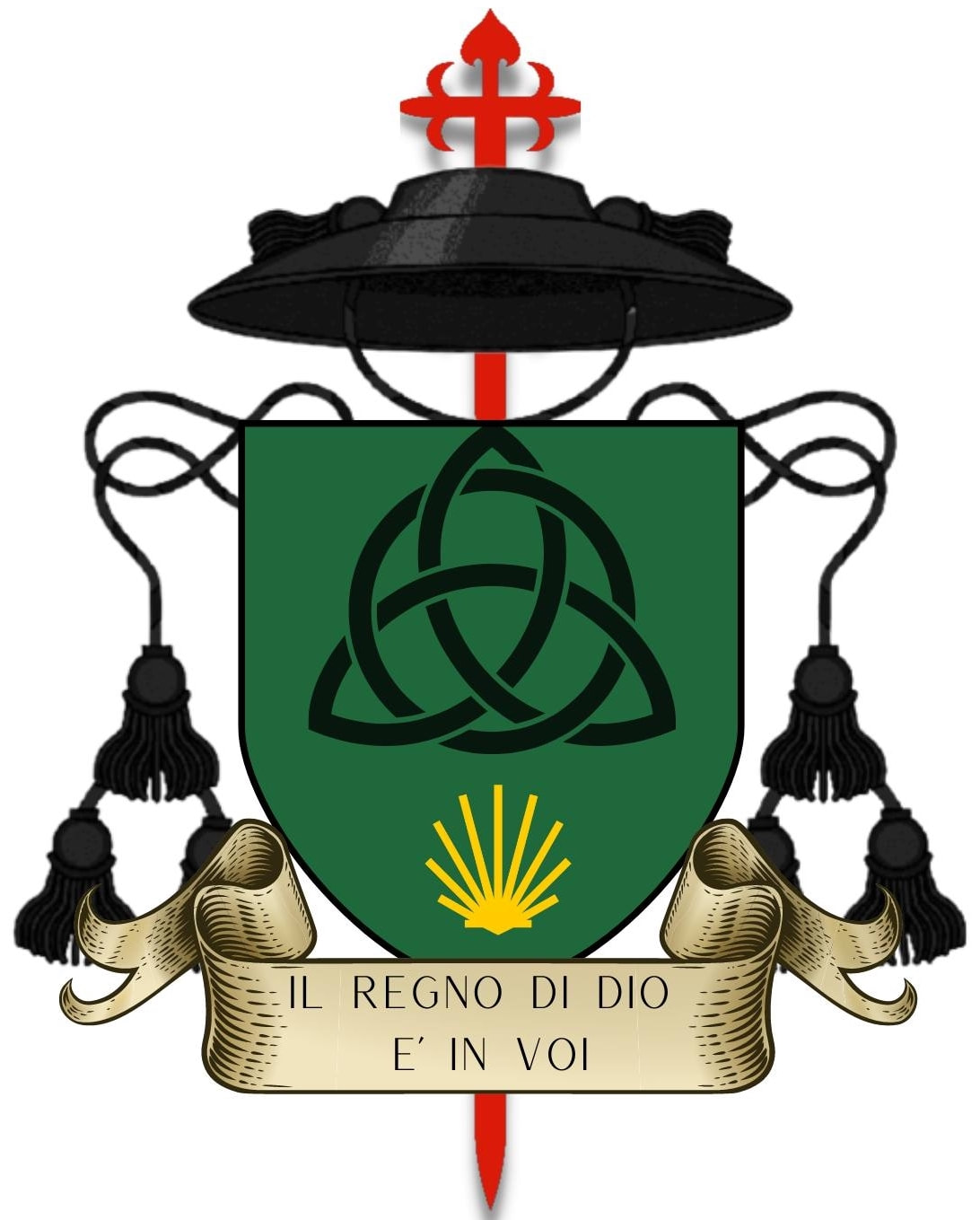
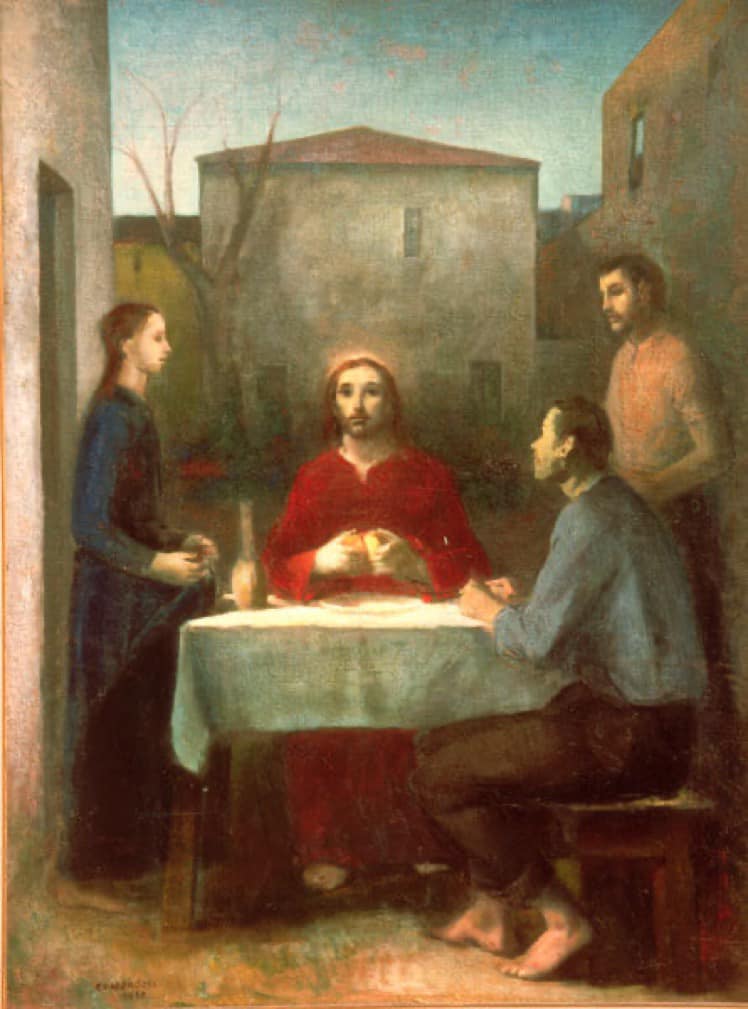
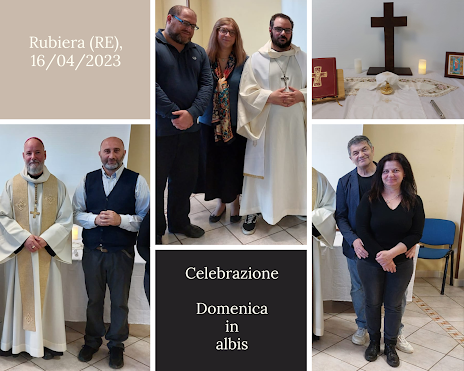
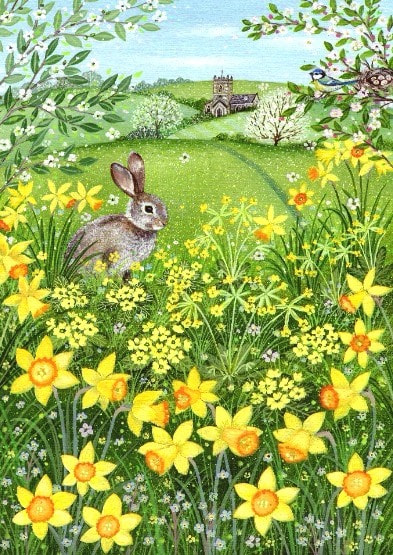
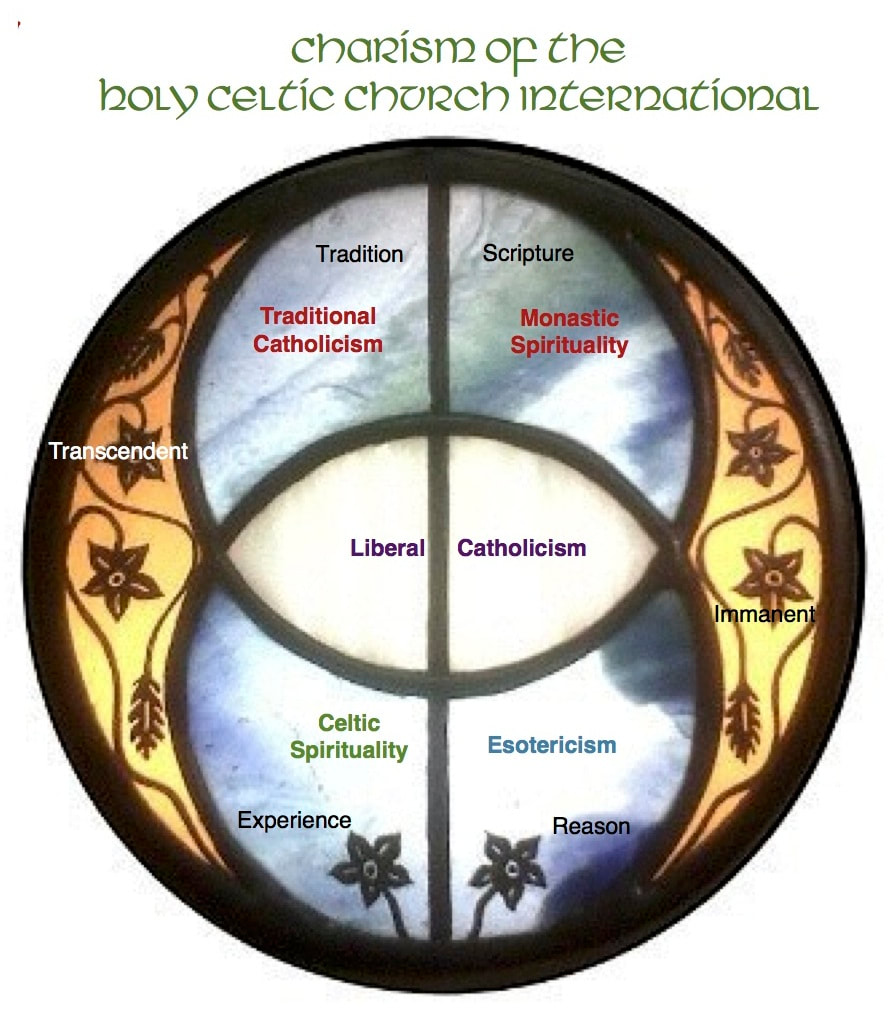
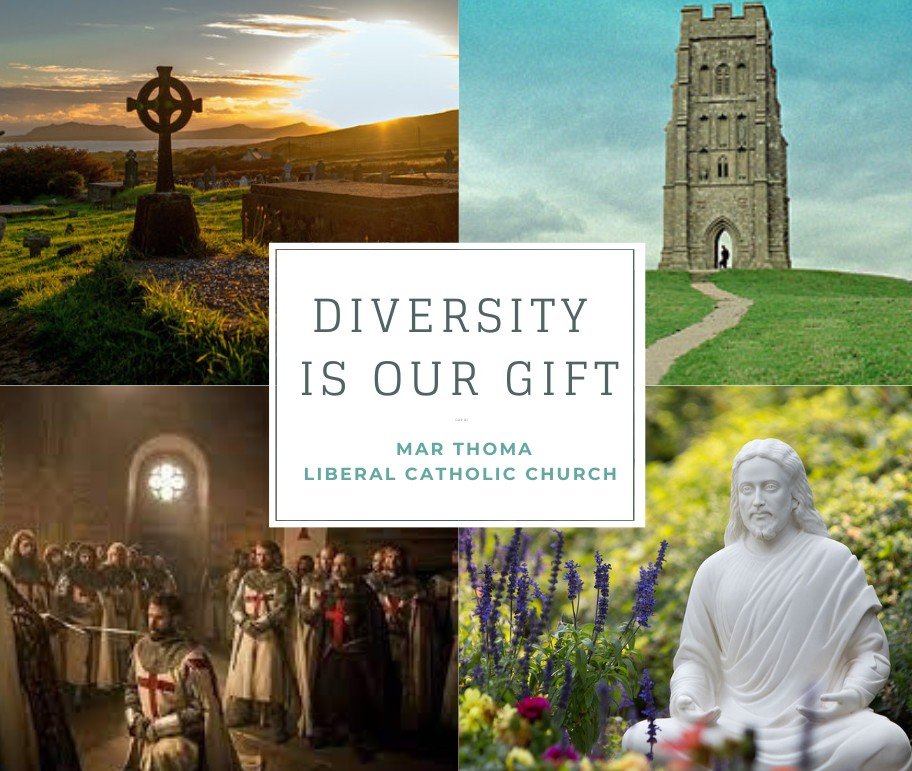
 RSS Feed
RSS Feed
